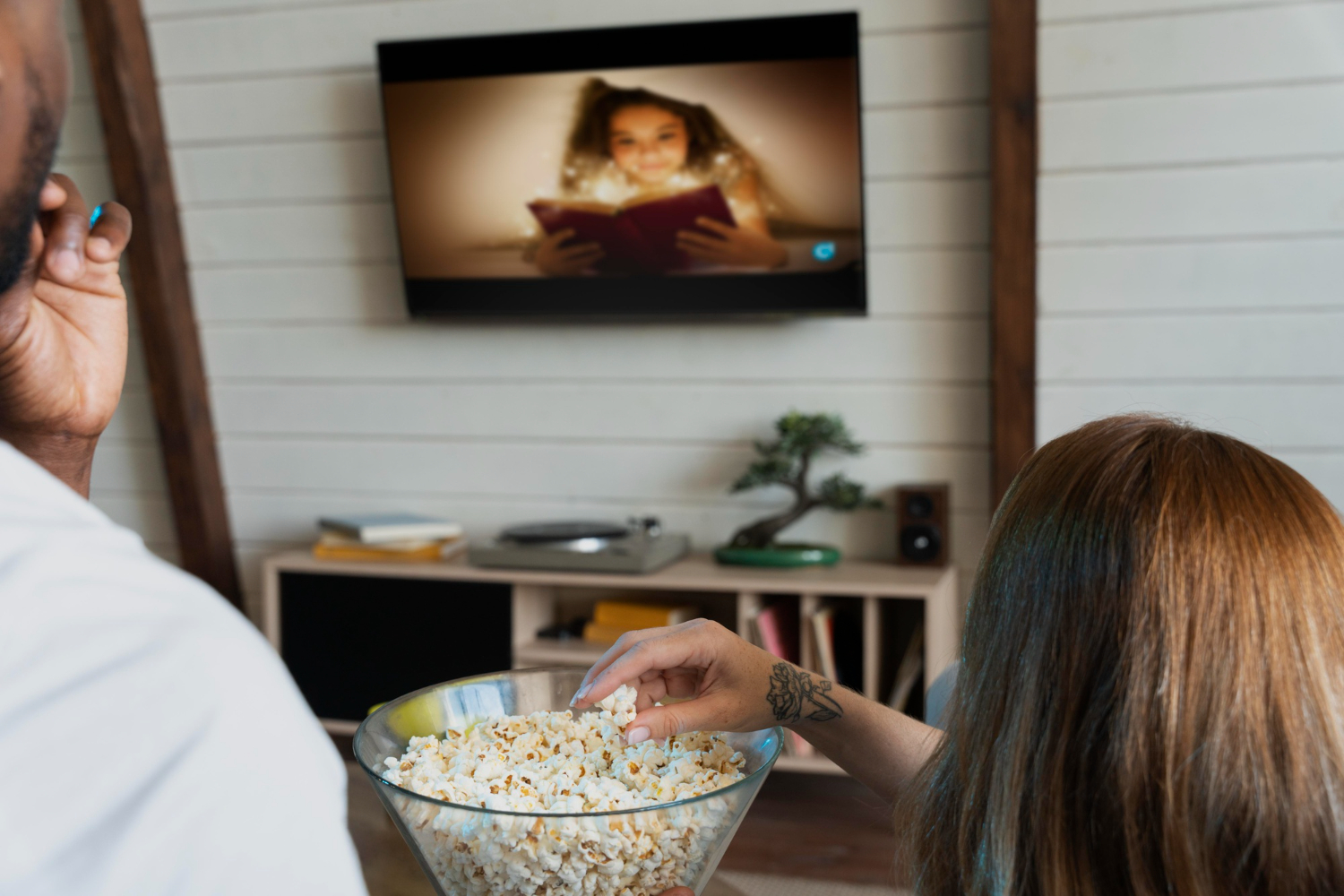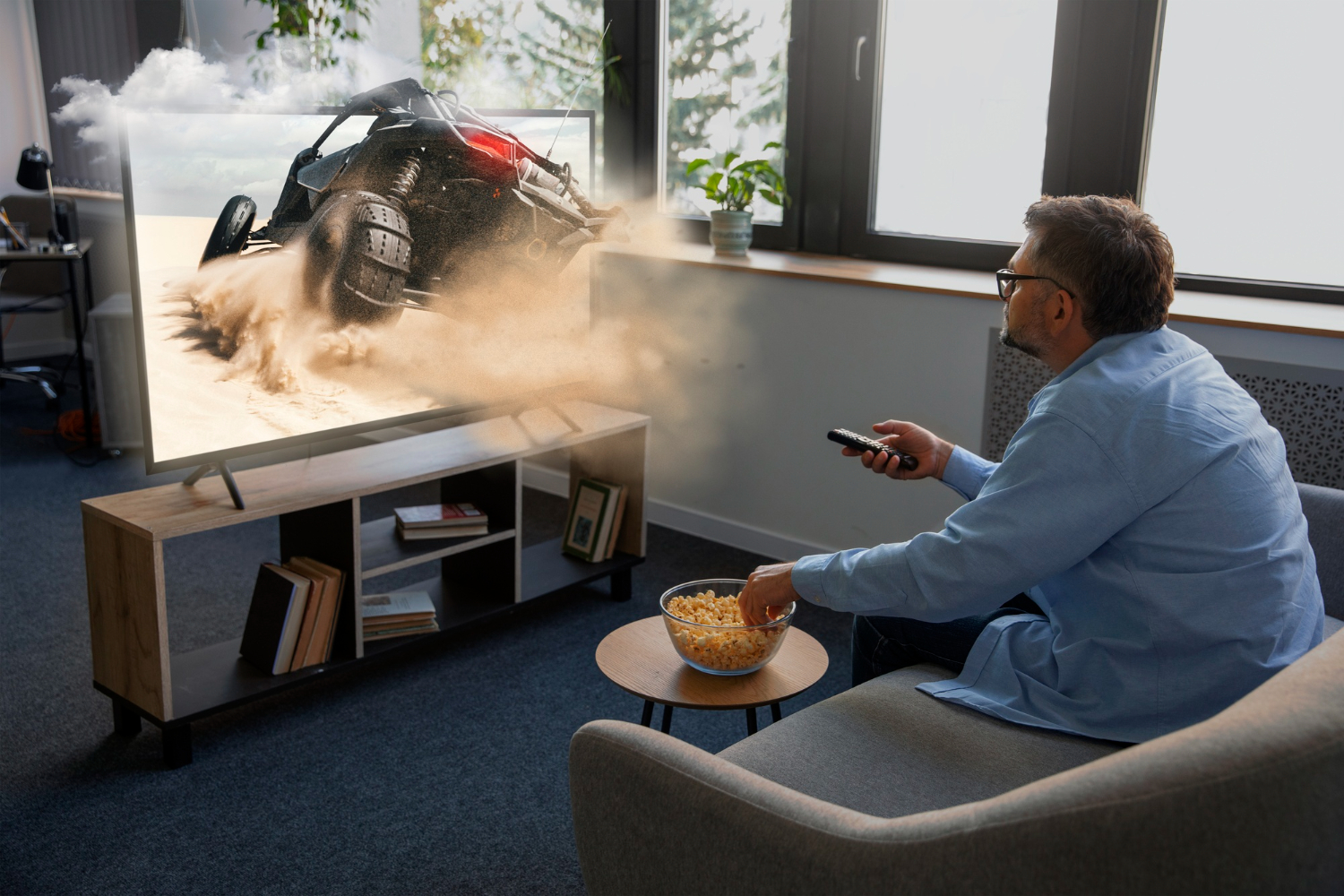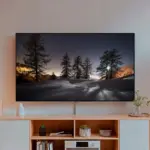Great HDR isn’t about cranking every “boost” slider to the right; it’s about letting your TV or monitor show what’s in the signal without crushing blacks or nuking highlights. Think “natural contrast” rather than “demo mode.” The quick path is a short routine you can repeat for movies and games: prepare the room and source, pick the right mode, set base brightness so detail sits where your eyes expect, choose sensible tone-mapping once, and run a two-minute validation with real scenes. Done this way, HDR stops looking harsh or gray and starts looking like sunlight on chrome, neon in rain, and skin that doesn’t glow. You’ll get punch where it belongs, shadow texture where it matters, and zero guesswork the next time you press play.
Prepare the room and the signal so calibration isn’t fighting physics

HDR needs a clean signal and a room that isn’t sabotaging it. Start by disabling any ambient light sensor or “eco” dimming for the input you’re calibrating; those features chase room brightness and make the same scene look different minute to minute. Set your streaming box to match frame rate and dynamic range so HDR titles actually arrive as HDR rather than being tone-mapped twice on the way in. On consoles and PCs, enable 10-bit output and the enhanced/HDMI 2.0/2.1 mode for the port you’re using, then confirm the device says the display supports HDR at your target resolution and refresh. If you’re on a TV, give the screen a fighting chance: kill harsh reflections and turn off lamps in direct view. If you’re on a monitor, sit at your normal distance and center your line of sight; off-axis viewing can flatten blacks on some LCD panels. This prep sounds fussy, but it’s the difference between a five-minute success and an evening of chasing problems that weren’t your picture settings at all.
Choose the picture mode that stops “creative” processing
The most important click is the one that picks the baseline. For movies and TV, use Filmmaker or Cinema; these modes target accurate color (D65 white) and turn off demo-floor tricks. For games, switch to Game HDR or enable the TV’s ALLM/Game Optimizer so latency stays low and extra processing is bypassed. On PC, choose a mode labeled Game, Graphics, or PC and make sure chroma is 4:4:4 so UI text is sharp. Leave motion interpolation off even for movies if you want natural cadence; you’re calibrating HDR, not inventing frames. Local dimming belongs on Medium/High for films to deepen blacks without murdering detail in near-black scenes; in games with large bright HUDs, try Low/Medium to reduce “pumping” as the algorithm chases UI boxes. Finally, set color temperature to Warm or Warm2; a bluer “Cool” white point will make highlights look icy and fake, which is the opposite of “natural HDR.”
Set base luminance and black level so detail lives in the right places
Brightness in HDR is about placing the EOTF (PQ curve) correctly, not making the whole screen glow. On OLED, raise “OLED Pixel Brightness/Panel Luminance” to a comfortable room-appropriate level, then leave Contrast at its default HDR value; HDR content controls peak highlights, not the slider. On LCD/mini-LED, set Backlight/Panel Brightness to a level that makes a full-screen white field bright but not eye-searing for your room, keep Contrast near default, and avoid “Dynamic Contrast” in HDR as it adds per-scene guesswork. Set Black Level to “Low/Auto” for consoles outputting Limited range or “High/Full” for PC Full RGB; the wrong choice instantly crushes shadows or lifts blacks gray. If your TV has a “Shadow Detail/Black Detail” tweak, nudge by one step only if near-black information is missing; an aggressive change will either haze the image or reveal panel noise. Think of this pass as placing the floor and ceiling so the content can breathe, not turning the whole house into a floodlight.
Pick tone-mapping once: HGIG for games, conservative for films
Tone-mapping is where “bright but natural” lives. For console gaming, choose HGIG or “Game HDR (no tone mapping)” in the TV menu, then run the console’s HDR calibration. That handshake tells the game your screen’s real peak and stops the TV from second-guessing highlights, which keeps specular detail in clouds, armor, and neon instead of flattening them to white. If your TV lacks HGIG, use the setting that sounds like “Static” or “Basic” rather than “Dynamic/Active” for games; dynamic schemes can pulse brightness scene to scene and add latency. For films, let Cinema/Filmmaker’s default tone-mapping do its job unless you see either clipped highlights (headlamps that become featureless blobs) or lifted blacks (a gray haze). If clips appear, try a “Detail Prioritized” or “Static” option; if haze appears, nudge Local Dimming up one step before touching anything else. Dolby Vision titles are simpler: pick the accurate movie mode and leave “DV Bright” for sunlit rooms and “DV Dark” for dim evening viewing. You’re aiming for steady contrast that doesn’t breathe with every cut.
Calibrate consoles and PCs in two minutes so games stop looking washed or scorched
With the TV on HGIG or equivalent, run the built-in HDR calibration on your PS5 or Xbox. Follow the prompts literally: raise the “sun” symbol until it just disappears, not five clicks past, for each pattern, including the black level screen where the logo should be barely visible. If your TV offers separate HDR picture memories per input, do this once per console and save. On Windows, in the HDR Calibration app, match the minimum and maximum luminance sliders so text in the test boxes barely blends at the endpoints, then set content brightness so an 80% patch looks bright without clipping the 100% highlight pattern. In GPU control panels, leave output at 10-bit, Full RGB for monitors or YCbCr 4:2:2 for some TVs at 4K120, and avoid driver-side “dynamic contrast” filters that fight the display. Back in games, disable their own “paper white” or HDR brightness slider only if the title instructs you to rely on the system calibration; otherwise, set paper white so bright UI elements don’t sting in a dim room while torches and skies still feel luminous.
Validate with real scenes and save presets so switching is instant next time
Charts lie; scenes tell the truth. Pick three clips you know well: a dark, textured scene with shadow detail (tunnel or night alley), a mixed-contrast scene with faces and sky (daylight close-up under clouds), and a highlight-rich scene (neon, sun glint on metal, fireworks). In the dark scene, you should see gradations in jackets and walls without a gray wash; if blacks haze, raise local dimming or reduce “Black Detail” boosts; if detail vanishes, check Black Level range first. In the mixed scene, skin should look natural, not plastic or sunburned; if it does, return color temp to Warm and ensure no “live color/vivid” mode snuck on. In the highlight scene, neon and sun sparks should pop with texture inside the glow; if they flatten to sheets of white, your chain is double-mapping—re-confirm HGIG for games or try the less aggressive tone-map for films. Once it sings, save the settings per input. On TVs with quick bars or “Game Optimizer,” pin the HDR toggle and tone-mapping choices so you can glance at VRR/refresh, black level, and HDR mode in seconds. Next time, switching to the calibrated profile is a single press, not a treasure hunt.
Fit HDR to your room without losing accuracy

HDR isn’t one brightness for all times of day. In bright afternoon rooms, a slightly higher panel brightness and, on some TVs, a “DV Bright” or “HDR Bright” variant can keep detail visible without pushing midtones into glare. At night, drop overall panel output a notch and prefer the “Dark” or “Accurate” versions so black levels read as black and you’re not chasing eye fatigue. Resist the urge to push “Gamma” in HDR; true HDR uses the ST.2084 (PQ) curve, and gamma adjustments are either disabled or mislabeled shortcuts that can distort the intent. If family members complain of “too dim” HDR on a sunlit game menu, that’s paper-white, not peak highlight; raise the game’s SDR white within its HDR settings rather than cranking TV contrast. The guiding idea is to move the whole picture up or down to fit the room, not to flatten the curve. Small, reversible changes preserve the look you liked in the validation step while acknowledging you live in a house, not a grading suite.


